全部商品分类
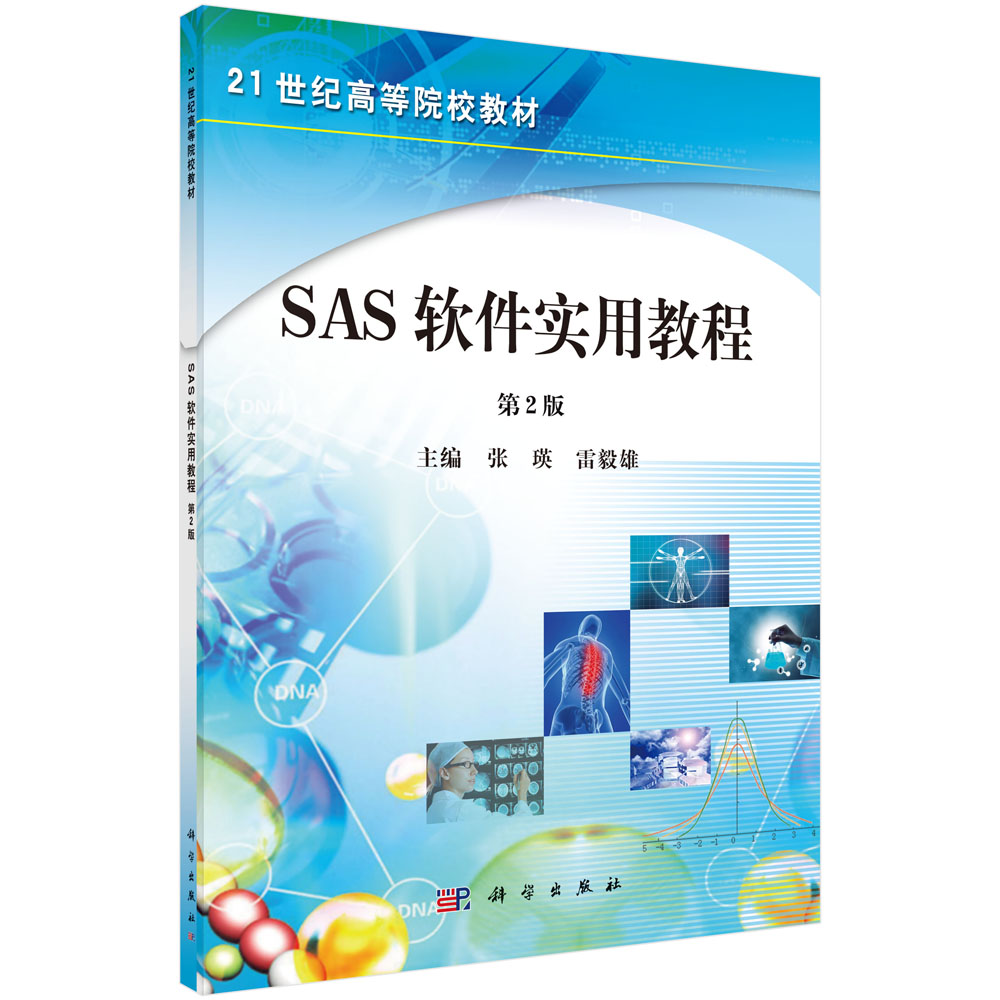
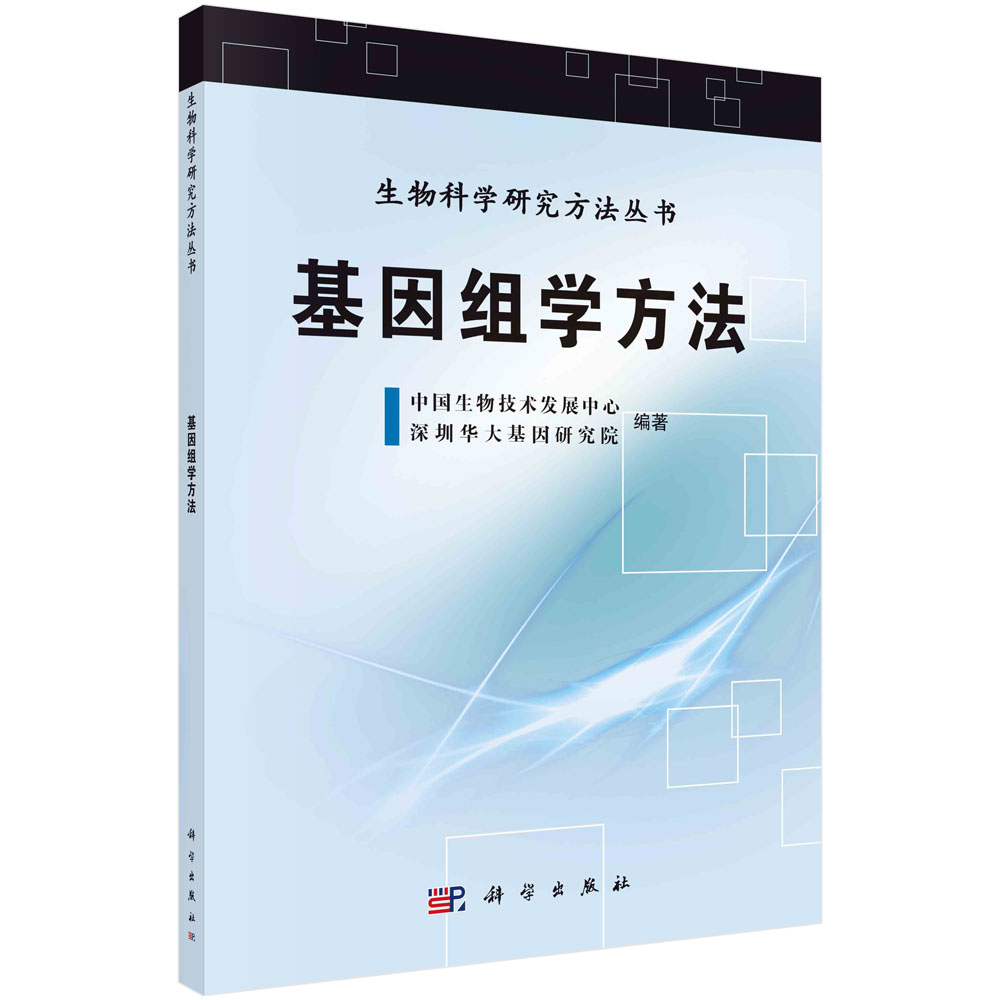
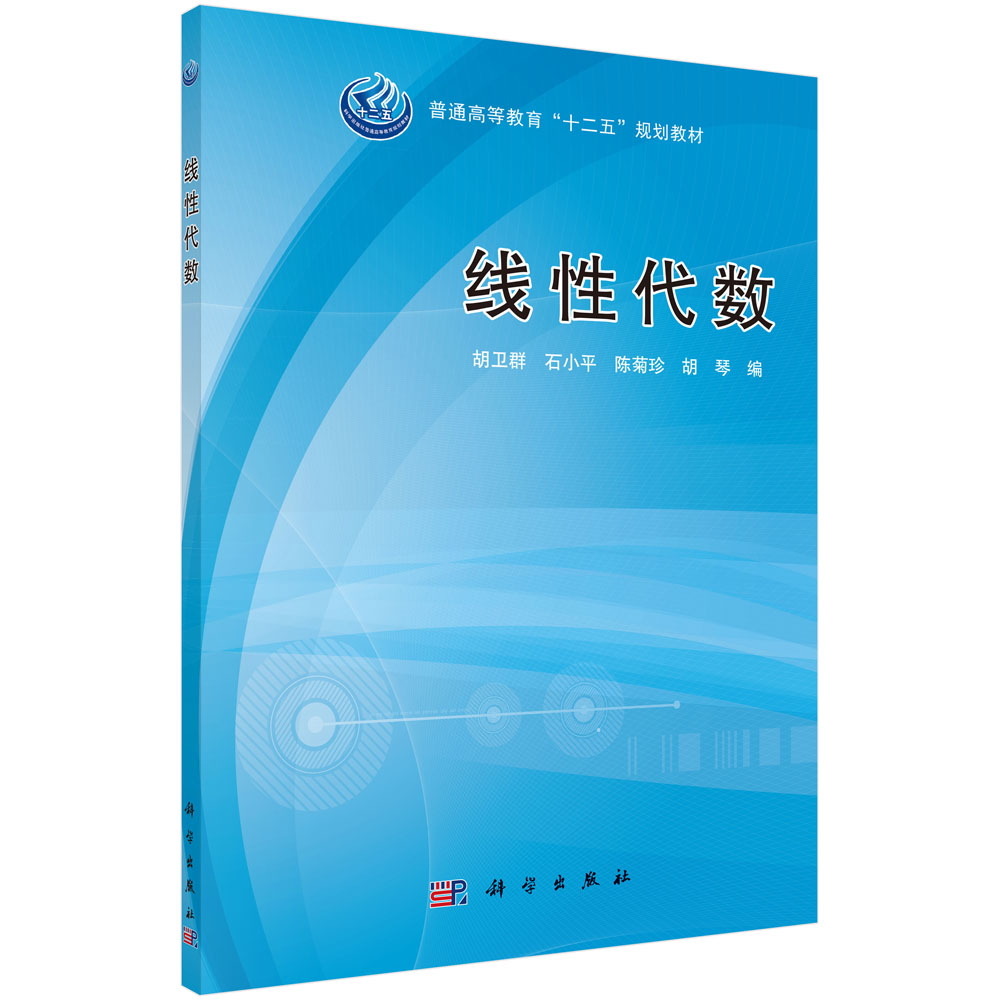
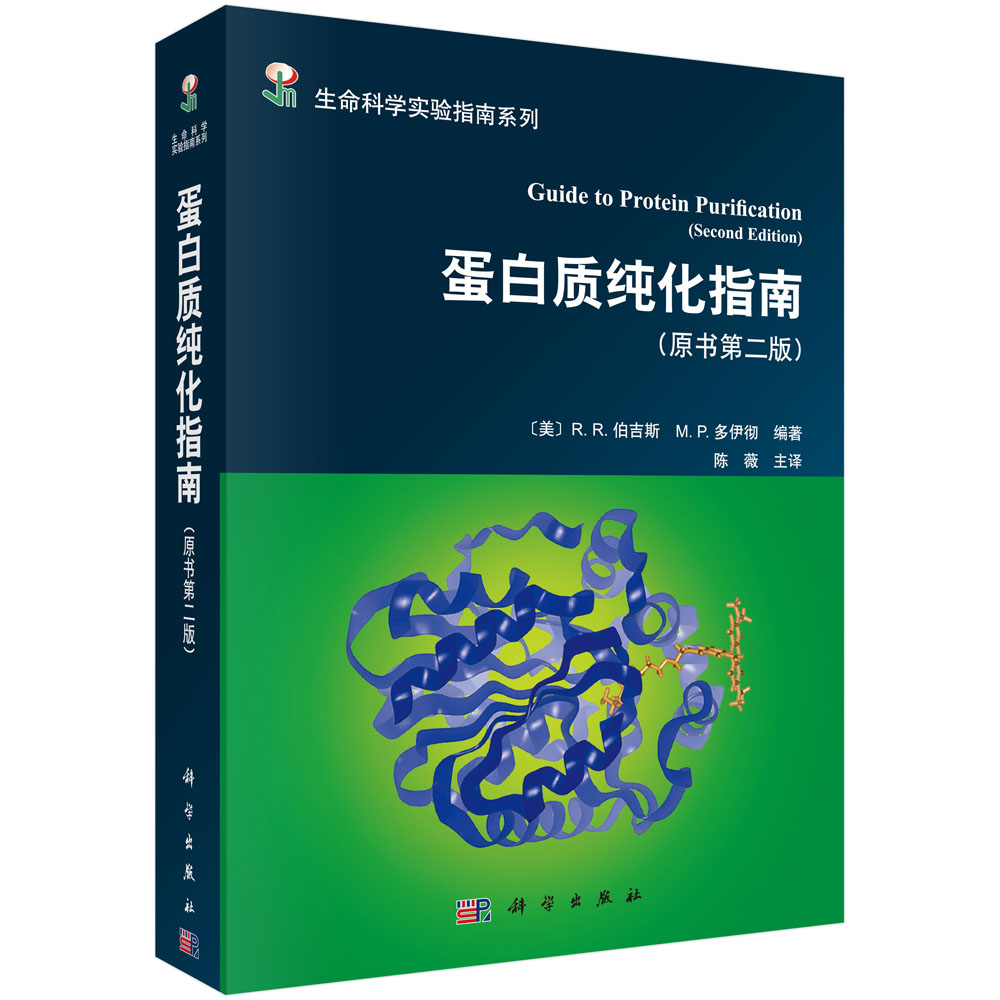
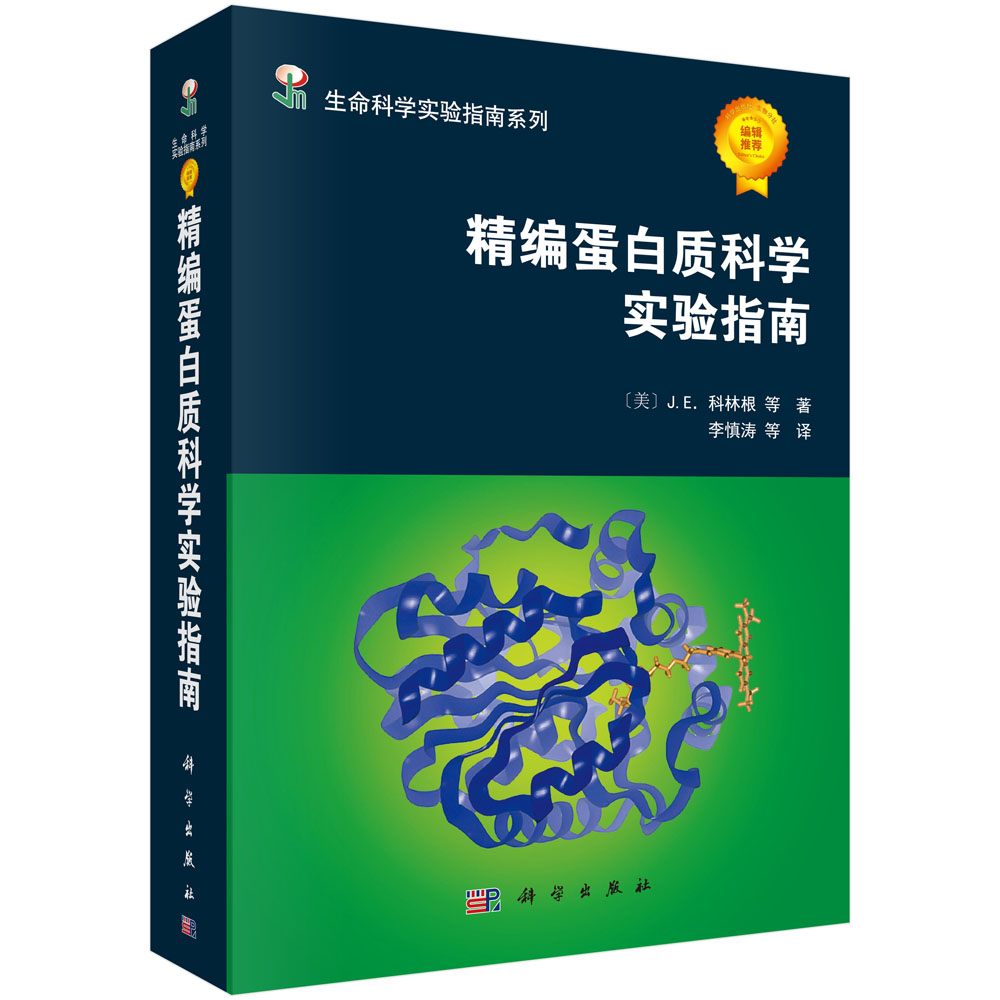

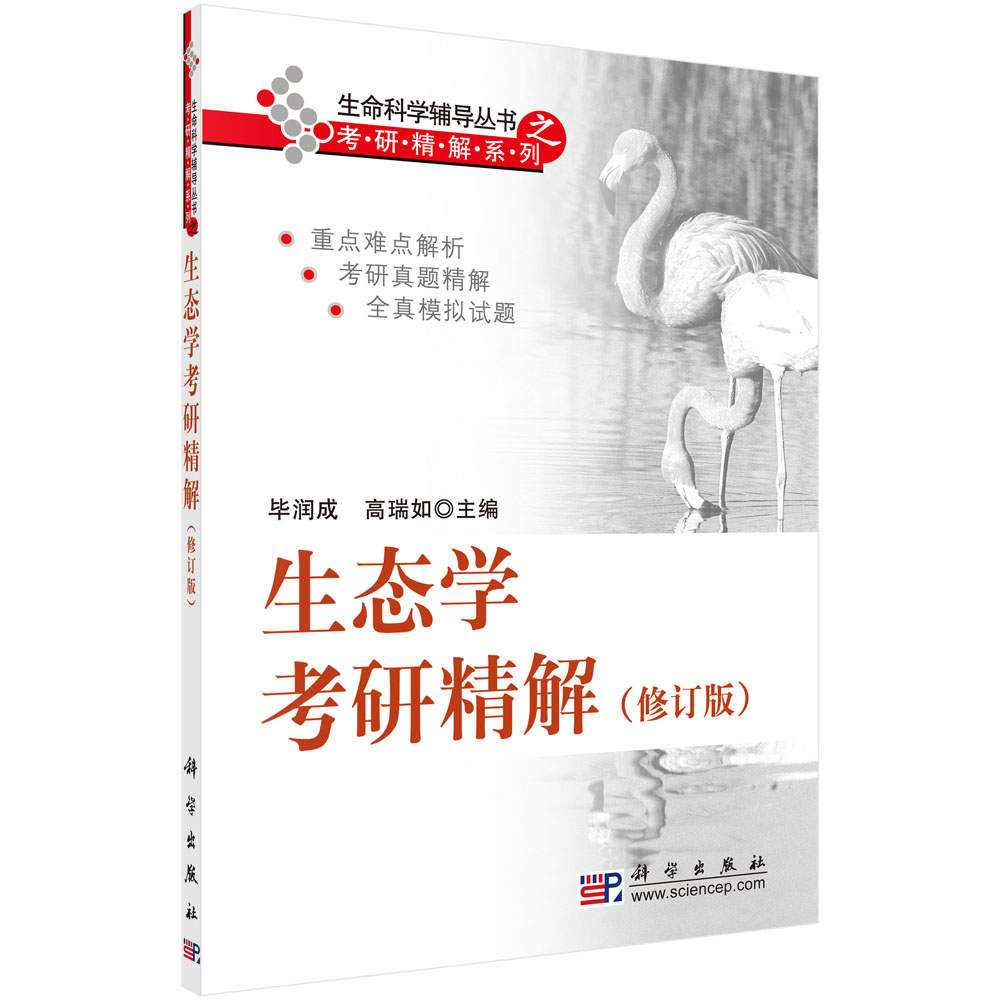
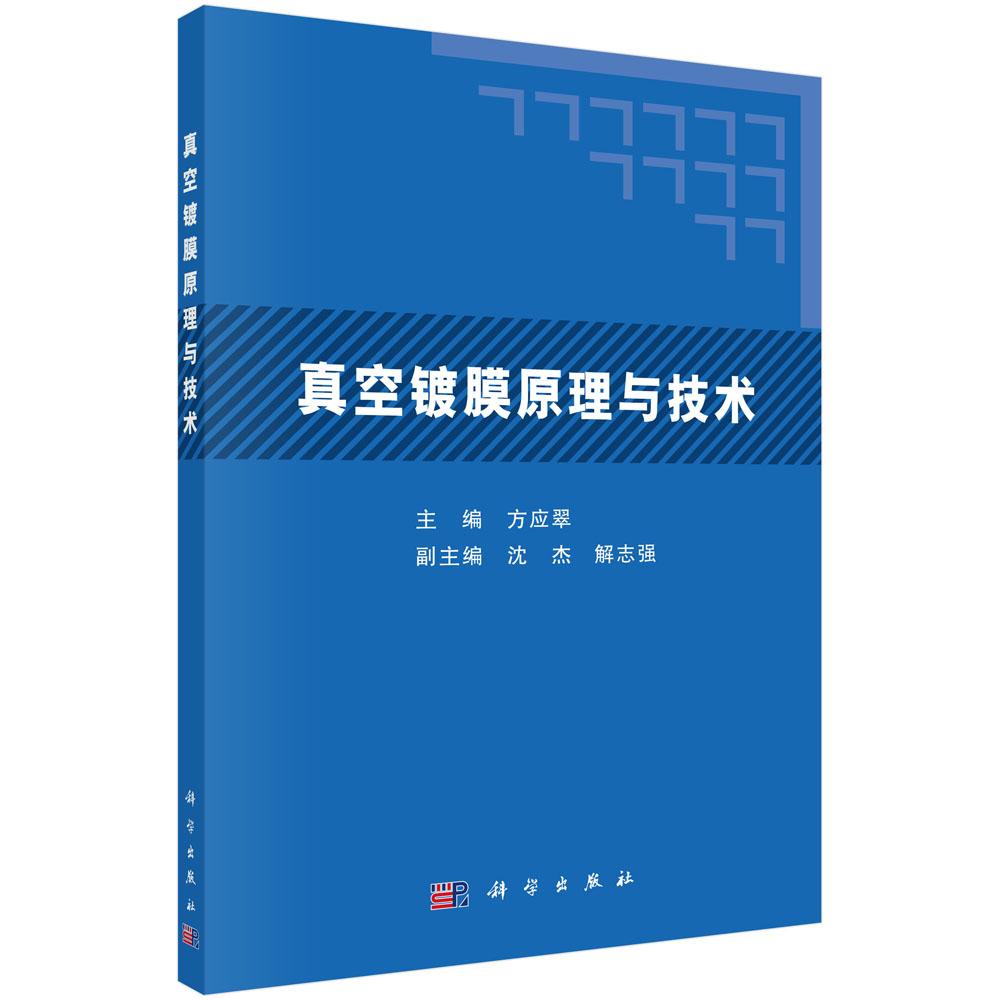

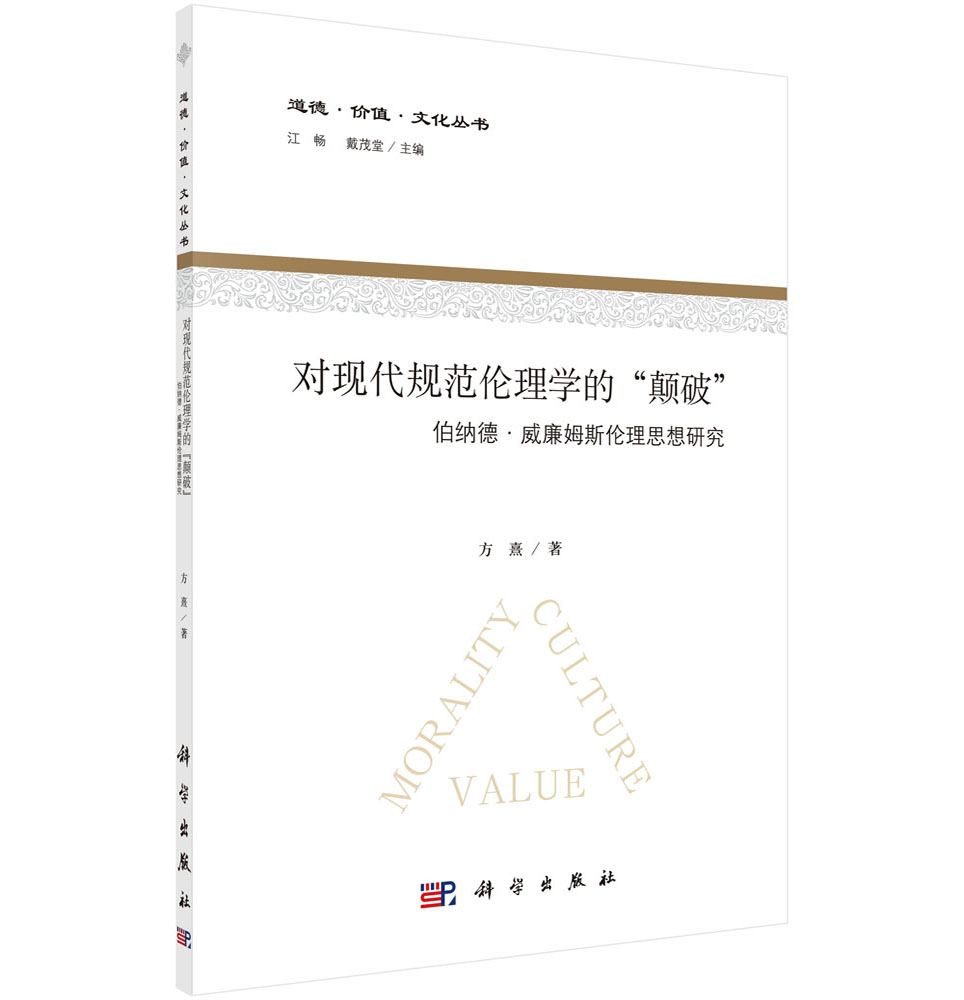

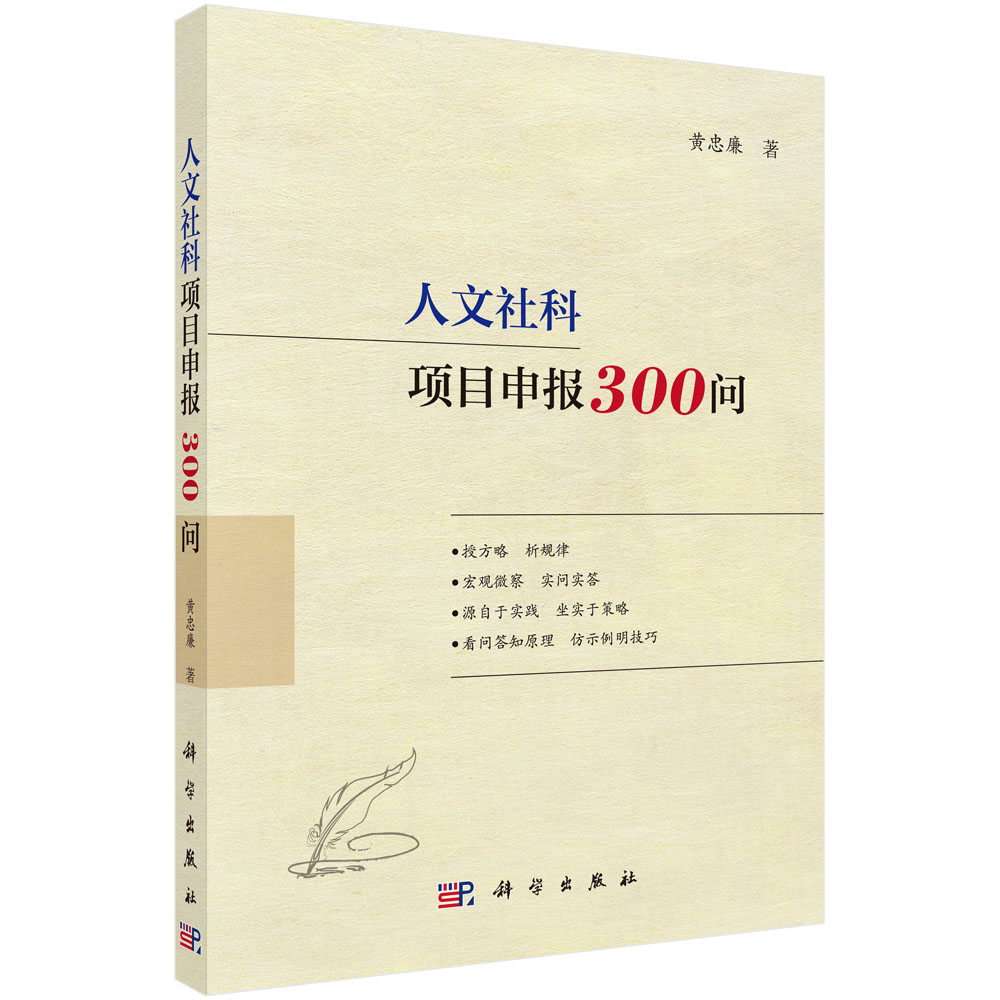



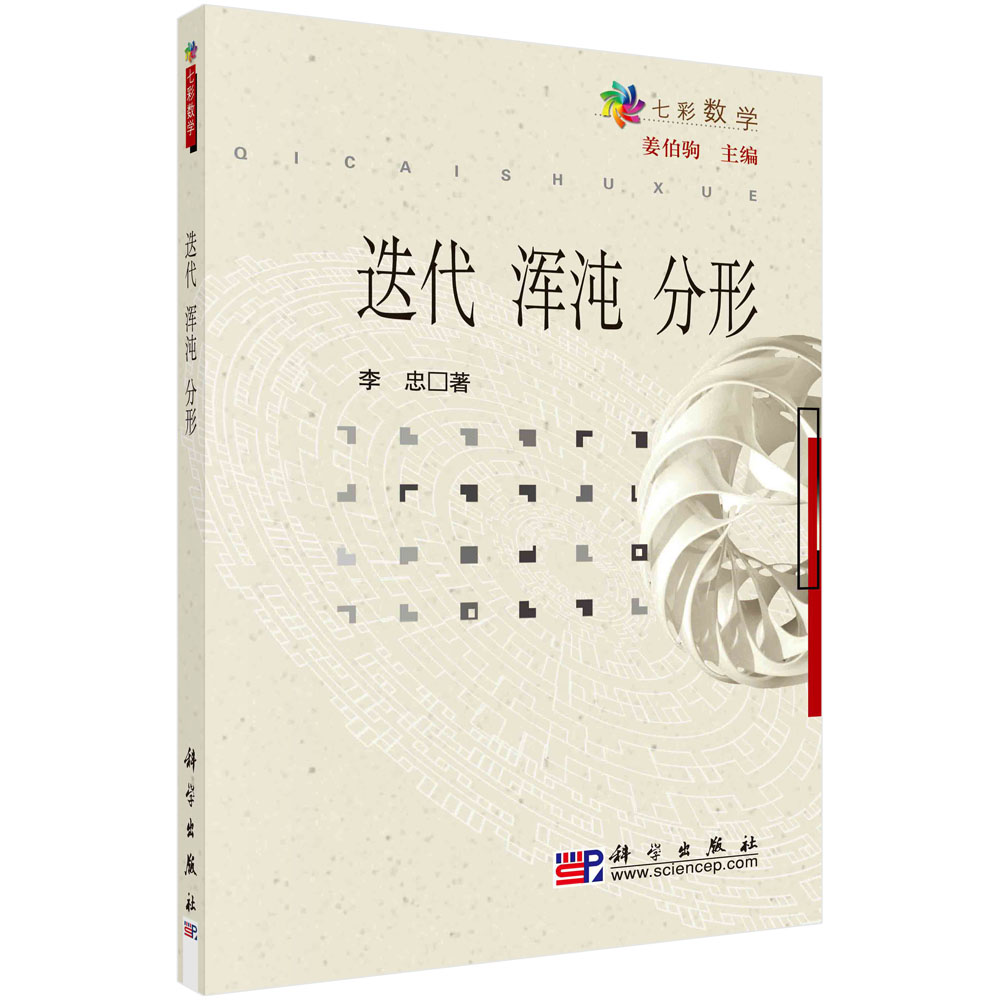











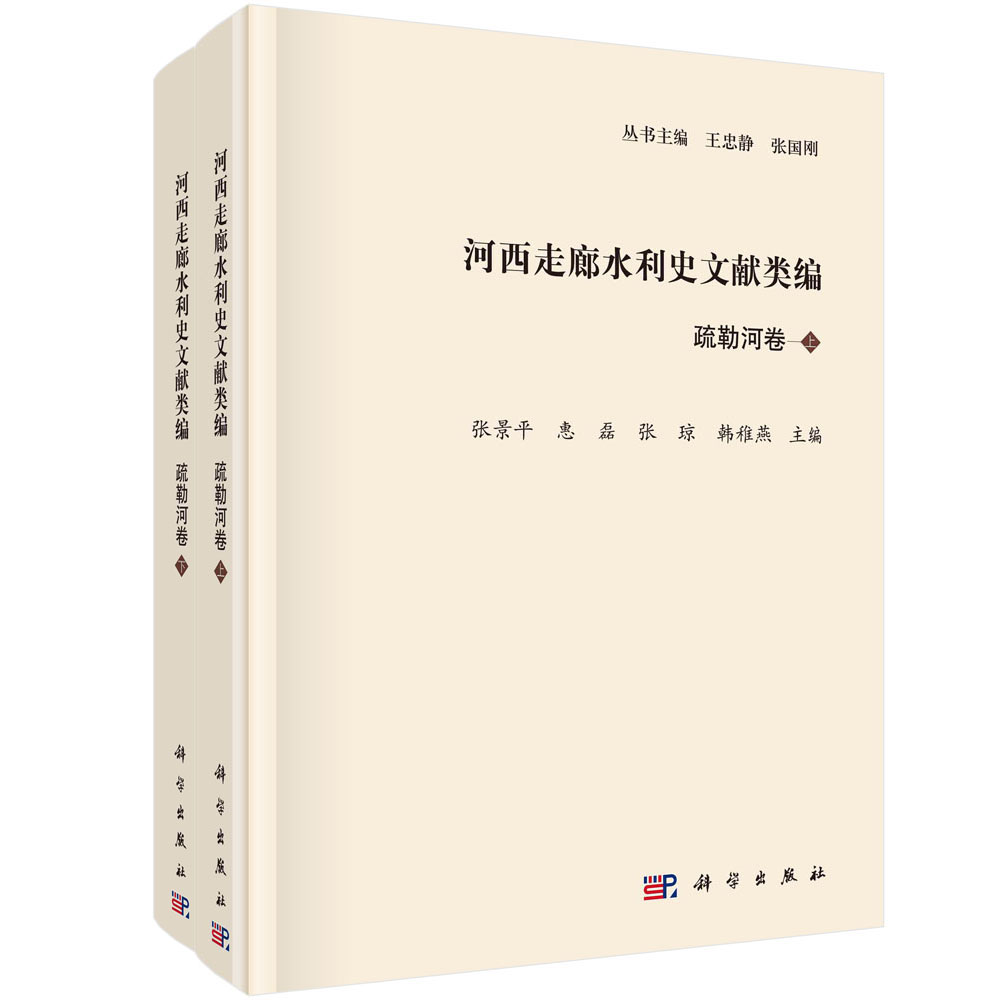

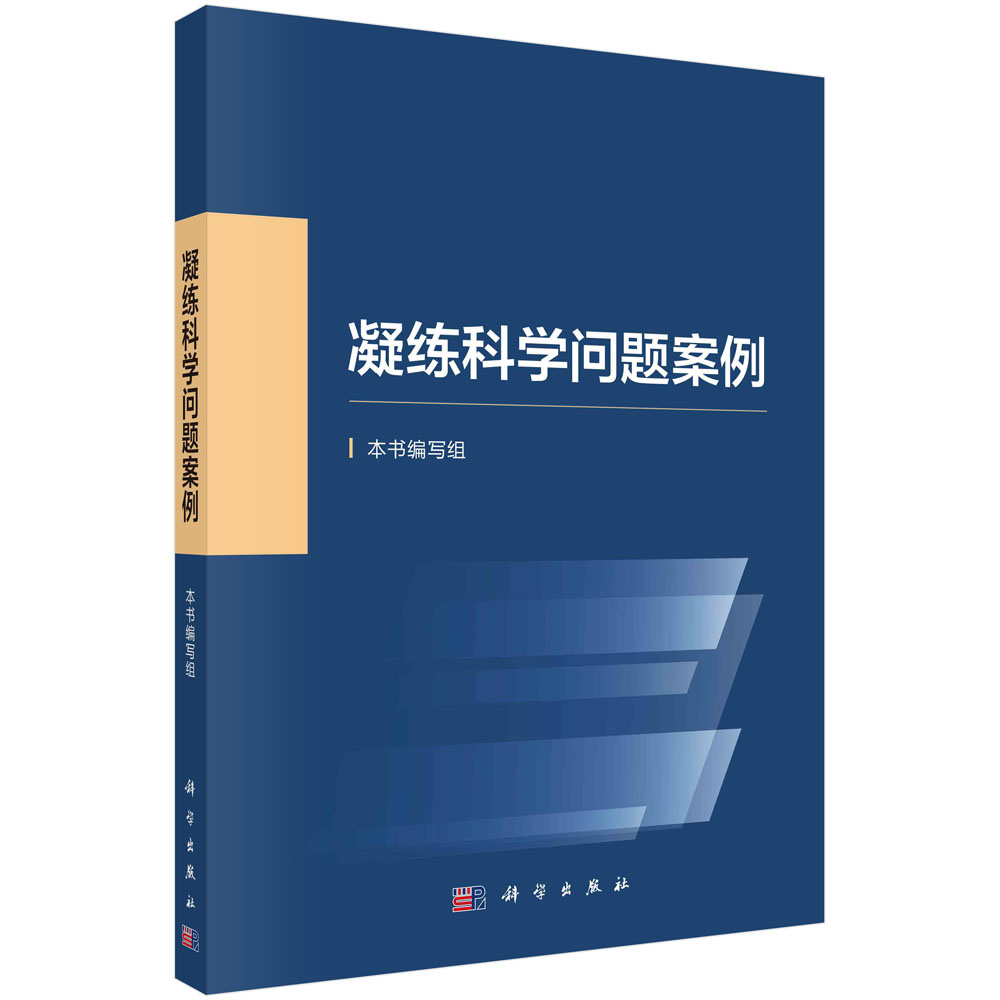
Breast cancer is currently the most common cancer among women worldwide. Mammography is the most reliable and effective tool for the screening and early detection of breast cancer. Recently, with the rapid development of artificial intelligence technology, computer-aided diagnosis technology has become the main research topic in the field of artificial intelligence plus medical imaging. In this book, the application of computer vision and image processing techniques in mammographic image analysis is discussed. A series of mammographic image analysis methods are proposed by using advanced artificial intelligence technologies such as deep learning. A new framework for automated mammographic risk assessment and a novel model for the detection and benign versus malignant diagnosis of mass abnormalities are constructed.
乳腺癌是威胁全球女性健康最常见的恶性肿瘤。乳腺X线摄影术是目前国际上公认的乳腺癌筛查及早期诊断的有效手段。最近人工智能技术迅速发展,计算机辅助诊断技术成为人工智能+医学图像领域的主要研究热点。作者综合论述了计算机视觉和图像处理技术在乳腺X线图像分析中的应用,采用深度学习等人工智能领域前沿技术,提出了一系列乳腺X线图像分析方法,构建了新的自动化乳腺癌风险评估框架及肿块病变检测与良恶性诊断模型。
样章试读
- 暂时还没有任何用户评论
全部咨询(共0条问答)
- 暂时还没有任何用户咨询内容